94 F. high in the Twin Cities Wednesday.
84 F. average high on July 17.
94 F. high on July 17, 2012.
Heat Advisory posted again today (last day).
50-degree dew points return by Saturday.
"...
As of 2003, 153 million Americans lived in coastal counties
— an increase of 33 million since 1980— and 3.7 million lived within a
few feet of high tide. The cost of the storms and the damage and
destruction that follows will grow, unless we can create a much more
resilient society..." - from a Time Magazine online article; details below.
"...
Munich RE, the world's largest reinsurer, found that
weather-related loss events in North America have quintupled in the
last three decades, growing faster than anyplace in the world.." - from a
Huffington Post story; details below.
Hot Front
This week has been a sharp, atmospheric retort
to those of us who doubted we'd see a "real summer" this year. Spring
was tortured. When a 10 foot wall of ice pushed onto our Pelican Lake
shoreline on May 12 I seriously wondered if we would ever thaw out.
A treadmill of tropical warm fronts sparked the third wettest January - June period across Minnesota in 119 years. Lakes are brimming, rivers are gushing - and mosquitoes are chuckling.
Today should be the last (stinking hot) day this
week; 92-95F with a heat index pushing 100F by late afternoon.
Antiperspirant levels of heat, but not as brutal as last summer.
A wind shift to the northwest begins to cool us
off Friday; Saturday will be a rare breath of fresh air as dew points
dip into the 50s. More T-storms fire late Saturday night & Sunday
morning. We may salvage a partly sunny Sunday afternoon. The most
reliable models (oxymoron) keep the worst of the heat just south of
Minnesota next week. We'll see.
In my weather blog today (below): A low-tech,
non-chemical way to keep mosquitoes away, a video that shows why you
can't leave kids and pets in hot cars, and the 27th anniversary of the
infamous 1986 Brooklyn Park tornado, covered live by KARE-11. Yes, that
still brings back strong memories...
Heat Advisory. Today is the last day of sauna-like heat, with a late afternoon heat index approaching 100F. Details from
The National Weather Service:
...HEAT ADVISORY REMAINS IN EFFECT UNTIL 9 PM CDT THURSDAY...
A HEAT ADVISORY REMAINS IN EFFECT UNTIL 9 PM CDT THURSDAY.
* TEMPERATURES: AFTERNOON HIGHS IN THE LOWER TO MIDDLE 90S WITH
HEAT INDICES NEAR 100 DEGREES. OVERNIGHT LOWS IN THE LOWER TO
MIDDLE 70S.
* IMPACTS: THE PROLONGED HOT AND HUMID CONDITIONS WILL LEAD TO A
HEIGHTENED RISK OF HEAT RELATED STRESS AND ILLNESS...
ESPECIALLY FOR THE YOUNG AND ELDERLY...AND THOSE WITHOUT AIR
CONDITIONING.
PRECAUTIONARY/PREPAREDNESS ACTIONS...
A HEAT ADVISORY MEANS THAT A PERIOD OF HOT TEMPERATURES IS
EXPECTED. THE COMBINATION OF HOT TEMPERATURES AND HIGH HUMIDITY
WILL COMBINE TO CREATE A SITUATION IN WHICH HEAT ILLNESSES ARE
POSSIBLE. DRINK PLENTY OF FLUIDS...STAY IN AN AIR CONDITIONED
ROOM...STAY OUT OF THE SUN...AND CHECK UP ON RELATIVES AND
NEIGHBORS.
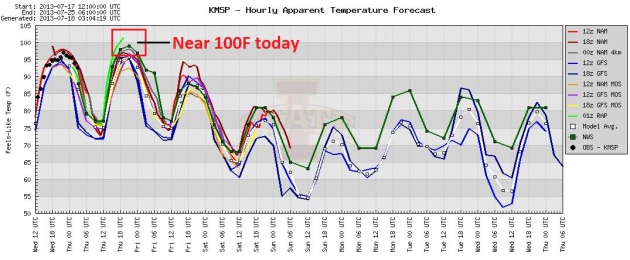
One More Unpleasantly Hot Day. Today will bake the
impurities right out of you! Hot yoga for everyone! OK. I'm not buying
any of that either. Models are converging on an afternoon heat index in
the upper 90s to 102F range (RAP model is hottest once again). We start
to feel some relief by Friday afternoon, dew points dipping into the
50s by Saturday.
Extended Outlook: Cooler (And Stormier) Next Week.
Latest models, including ECMWF (above) suggest the worst of the
blast-furnace heat will stay just south of Minnesota next week. Great
news right? Pick your poison. Being on the northern edge of this
heat-pump high puts Minnesota in a favored zone for numerous T-storms
next week. In fact storms may drift in Saturday night and Sunday, a few
more rounds of strong to severe T-storms next week.
How Fast Can The Sun Heat A Car? Here is why you can't leave kids (or pets) in a vehicle for even a blink of an eye. Details from
NOAA: "...
The
sun's shortwave radiation (yellow in figure below) heats objects that
it strikes. For example, a dark dashboard or seat can easily reach
temperatures in the range of 180 to over 200°F. These objects (e.g.,
dashboard, steering wheel, child seat) heat the adjacent air by
conduction and convection and also give off longwave radiation (red in
figure below) which is very efficient at warming the air trapped
inside a vehicle. Shown (above) are time lapse photos of thermometer
readings in a car over a period of less than an hour. As the animation
shows, in just over 2 minutes the car went from a safe temperature to
an unsafe temperature of 94.3°F. This demonstration shows just how
quickly a vehicle can become a death trap for a child..."
1 Meteorologist, 1 Car 1 Super Hot Day - See What Happens.
WeatherBug is one of our partners, and meteorologist Jacob Wycoff
conducted an experiment to see how fast his car would heat up. I'm
continually amazed by the number of people who believe it's OK to leave
kids or pets in a car for a few minutes while they run errands. Bad
idea. Every year too many children succumb to the heat, strapped in car
seats, their parents oblivious to the risk they're in. Check out this
must-see video clip from
WeatherBug: "
On average, 38 children die in hot cars each year from heat-related deaths after being trapped inside motor vehicles.
Even the best of parents or caregivers can unknowingly leave a
sleeping baby in a car; and the end result can be injury or even death.
Not only are children often left in vehicles, but so are pets and the
elderly!..."
27 Year Anniversary Of The July 18, 1986 Brooklyn Park Tornado.
I still get goosebumps when I see this video, the 5 PM newscast on July
18, 1986, when a nearly stationary (white) tornado formed over the
Springbrook Nature Center in Brooklyn Park. There were no watches or
warnings in effect, but just enough instability to spin up an F-2
tornado. It's still a minor miracle that nobody was injured or killed
during this event, covered live by KARE-11 and Sky 11, the station's
chopper that flew around the tornado vortex, sending back incredible
imagery that had the state and much of the nation spellbound. You can
watch the entire newscast at
TC Media Now. For the record, this is their description, not mine: "
The
weather event that made KARE and Paul Douglas world famous (and
respected). While shooting overhead footage of the Minneapolis
Aquatennial on a hot, muggy day on July 18, 1986, New11 pilot Max
Messmer and photographer Tom Empy discovered and shot live video of a
tornado moving through Brooklyn Park. Paul Magers, Kirstin Lindquist and
Paul Douglas provided live coverage during some fo the most vivid
pictures of a tornado ever shot and broadcast live."
90-Degree Days In The Twin Cities. On average MSP
picks up about 14 days at or above 90 during a typical summer. Last
year: 31, the record is 44 days back in 1988. Source:
Twin Cities National Weather Service.
TODAY: Stinking hot. Lot's of sunshine. Winds: SW 10-20+ Dew point: 70. Feel like 100F by late afternoon. High: 94
THURSDAY NIGHT: Muggy with a slight chance of T-storms late. Low: 74
FRIDAY: Early shower or T-shower, turning a bit cooler. High: 85
SATURDAY: Nicer day of the weekend. Plenty of sun, breathing easier. Dew point: 58. Wake-up: 63. High: 78
SUNDAY: AM T-storms, some PM sun. Wake-up: 60. High: near 80
MONDAY: Hot sun, stray late-day T-storm. Wake-up: 66. High: near 90
TUESDAY: Muggy, few T-storms likely. Wake-up: 69. High: 86
WEDNESDAY: Partly sunny, less humid. DP: 64. Wake-up: 67. High: 85
Climate Stories...
Why Don't Farmers Believe In Climate Change? Many
farmers do acknowledge the science, at least the ones I've talked to in
southern Minnesota. A natural cycle? We'll see, but many of these
farmers are seeing the effects of heavier summer rains and crazier
extremes ("weather whiplash") in their fields. They may not believe
climate scientists, but they tend to believe their own eyes. Here's an
excerpt from
Slate.com: "...
When
Iowa State University sociologists polled nearly 5,000 Corn Belt
farmers on climate change, 66 percent believed climate change is
occurring, but only 41 percent believed humans bore any part of the
blame for global warming. It's not just the Corn Belt: Farmers across
the country remain skeptical about climate change. When asked about it,
they tell me about Mount Pinatubo
and weird weather in the 1980s, when many of today's most established
farmers were getting their starts. But mostly I hear about cycles in
the weather, like the El Niño–La Niña cycle that drives big changes in
North American weather. Maybe it's because farmers are uniquely exposed
to bad weather, whether too hot or too cold. Almost any type of
weather hurts some crop; the cereals want more rain, but the sweet
potatoes like it hot and dry..."
The Costs Of Climate Change And Extreme Weather Are Passing The High Water Mark.
Time Magazine online has the story - here's a clip: "
Hurricane
Sandy cost the U.S. some $70 billion in direct damages and lost
economic output. This is, obviously, a lot of money — Sandy was the second most expensive
hurricane in U.S. history after a small tropical storm called Katrina.
Much of that cost was borne by the government — local, state and
federal — and some of it was absorbed by those of us who lived in the
storm’s path. But about $20 billion to $25 billion of the damage from
the storm was eventually covered
by the insurance industry. Much of that bill in turn was covered by
the big reinsurers, the companies that take on insurance policies from
primary insurance companies looking to spread out their risk. And if
you were an insurance company affected by Sandy, you better hope you
had a reinsurer behind you..."
Addressing Climate Change Grows Our Economy, Creates Jobs.
I couldn't agree more. Whatever jobs are lost in carbon-intensive
energies will more than be replaced by non-carbon, non-polluting ways to
keep the lights on, tapping something America does better than any
country on the planet: innovation. Here's a clip from
Huffington Post: "...
Over
the last four years, we've doubled the electricity we get from wind
and solar. We've seen dramatic increases -- and dramatic savings --
from efficiency in our automobiles, buildings and appliances. Along the
way, we've created more than 3.4 million jobs in renewable energy,
energy efficiency and related fields, and injected billions of dollars
into our economy in clean energy investments and energy efficiency
savings. These jobs are being created in every corner of our country. My
organization, Environmental Entrepreneurs (E2),
tracked more than 300 clean energy and clean transportation job
announcements nationwide last year that are expected to create more than
110,000 made-in-America jobs -- jobs growing next-generation biofuels
in places like Iowa; jobs building solar panels in North Carolina and
jobs creating next-generation battery technology in Michigan and
California..."
Which Makes More Sense? It's actually 97% of peer-reviewed, published climate scientists, worldwide. Credit
here.

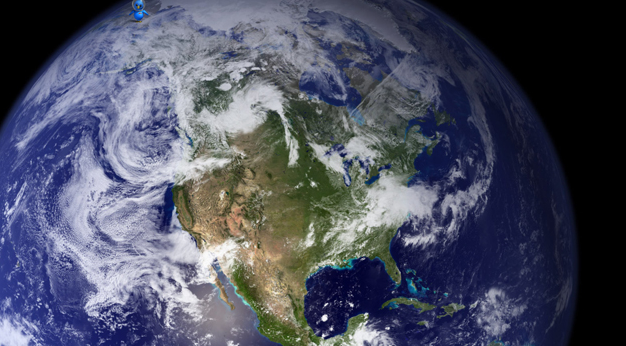


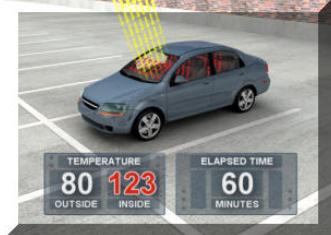

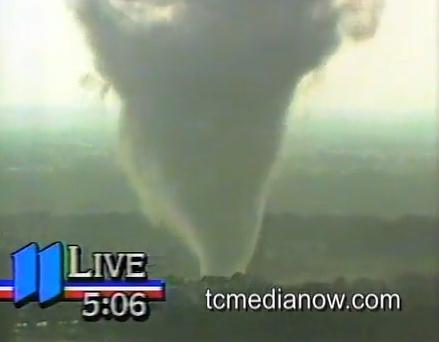
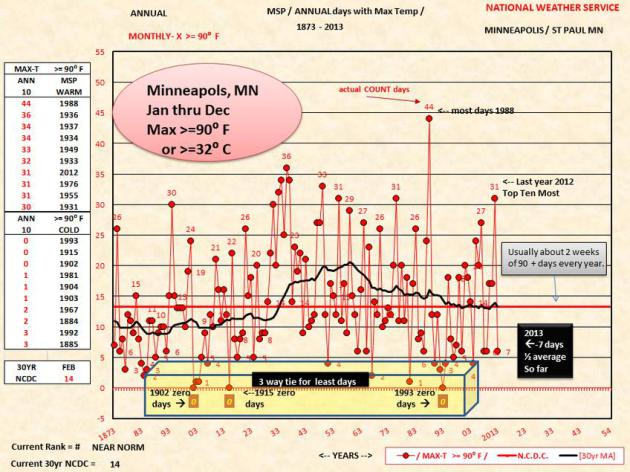



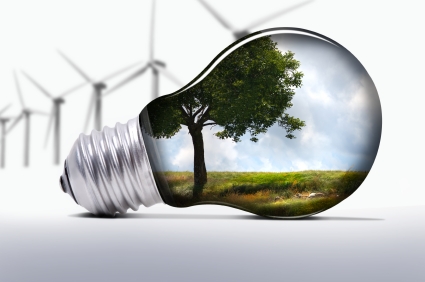



No comments:
Post a Comment